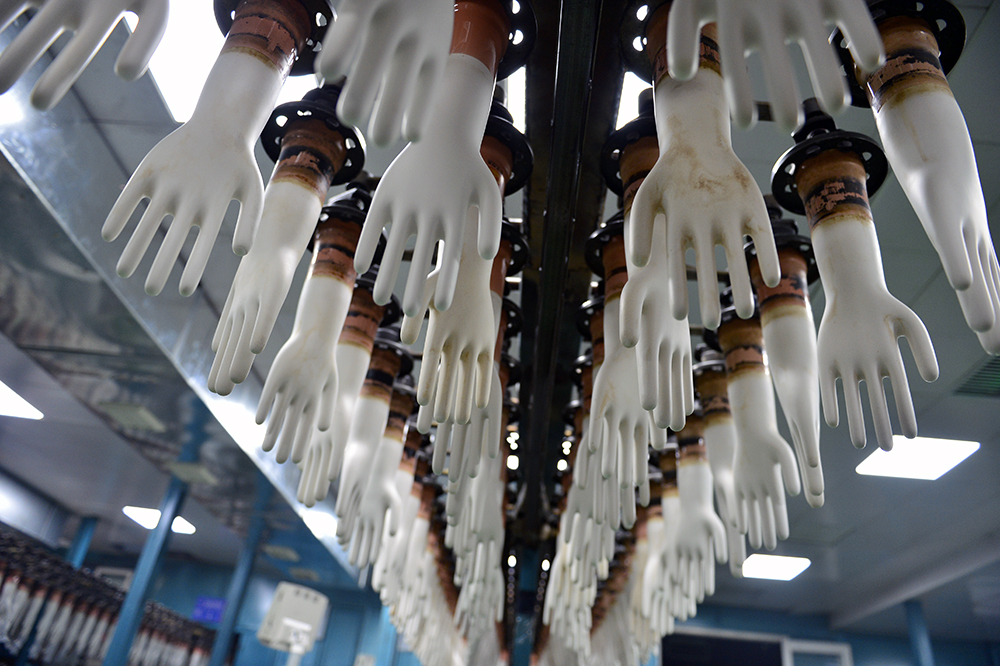
The three primary variables that have an often outsized impact on the single-use Disposable Glove market are production, international logistics, and U.S. market conditions. Within those variables are a number of sub-variables that can move in opposite directions and in different timelines.
Production happens primarily in Southeast Asia, where up to 80% of single-use gloves are made. The biggest glove-making countries are Malaysia and Thailand—which have dominated the glove trade for years—Vietnam, and Indonesia. China is also a growing player in the global market.
There is no U.S. domestic production on any significant scale, because gloves are much more expensive to produce in this country.
A market still in recovery
In the early days of the pandemic, the need for medical gloves—and panic buying on the part of some distributors and organizations—severely limited global supplies. Focusing on thin nitrile gloves made it easier for manufacturers to pump up capacity, as the world needed an estimated 1 trillion disposable gloves quickly. Dozens of factories were funded, with many starting production by early 2022.
As the pandemic has become more manageable, demand has come down. As new factories spun up, the need for standard 3-mil nitrile medical gloves, which had driven demand, disappeared. As a result, glove manufacturers were forced to reduce production capacity to cut costs and resort to such tactics as using more filler material in glove production.
Ultimately, many decided to reduce their production capacity to save on labor, material, and energy costs and to boost utilization rates. Not to worry, though: With demand lower, there are still plenty of gloves available.
Labor issues pose challenges
First, the availability and cost of labor are a perpetual challenge for disposable glove manufacturers, especially in Malaysia, which produces most of the gloves on the market. While skilled positions in a factory, especially in logistics and quality control, require a more educated workforce, mostly migrant workers from such countries as Indonesia, Bangladesh, and Nepal perform the unskilled jobs.
Crackdowns on labor abuses in the last couple of years have pressured glove producers to pay higher wages and provide better living conditions for migrant workers. In recent years the pandemic also spread through workforces, forcing factories into limited production or causing short shutdowns.
The cost of raw materials and energy also contribute significantly to glove pricing.
These variables have consistently contributed to the overall increase in costs of producing disposable gloves relative to their prices three to four years ago. However, at the same time, manufacturers have ample capacity and are set up to meet any sudden increases in demand.



